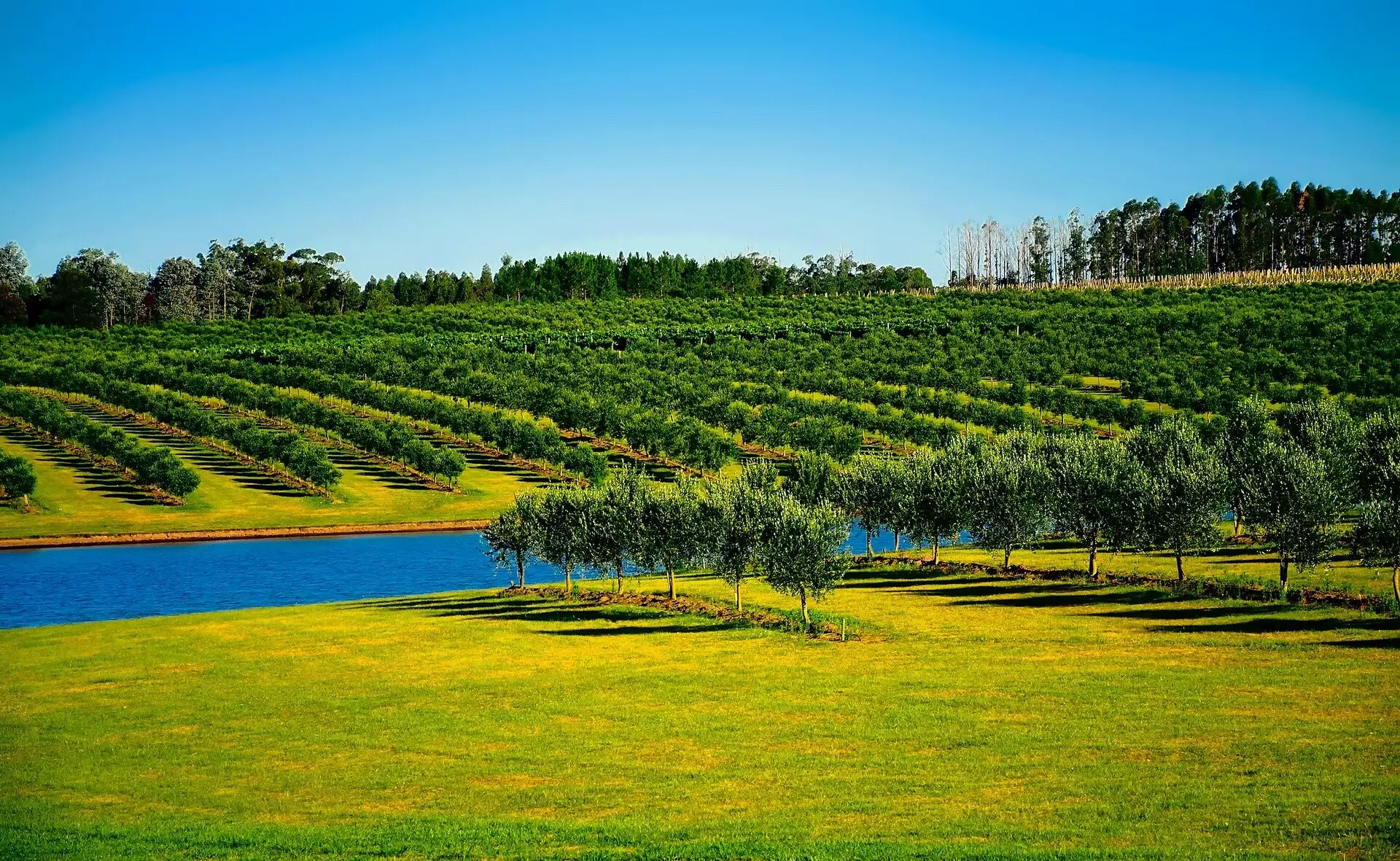The U.S. West heavily relies on large-scale interbasin water transfer projects to transport water across vast geographical areas. However, recent research has shed light on the significant impact these projects have on energy-related greenhouse gas emissions, particularly in Arizona and California. The Central Arizona Project and the State Water Project in California contribute to a staggering 85% of all emissions associated with U.S. interbasin transfers. This revelation raises questions about the sustainability and environmental implications of these massive infrastructure endeavors.
A closer examination of the data gathered from 2018 to 2022 reveals that a substantial portion of water from these projects is allocated for agricultural purposes. Approximately 41% of the Central Arizona Project and 34% of California’s State Water Project directly support agricultural activities. Surprisingly, Colorado’s Colorado-Big Thompson project, though significant in scale, accounted for a smaller percentage of energy-related greenhouse gas emissions at around 6%. These findings highlight the intricate relationship between water transfers and agricultural practices, emphasizing the need for a more sustainable approach to water management in the region.
The new research published in Nature Water builds upon previous studies focused on irrigation-related emissions in the U.S. It underscores the tradeoffs associated with irrigation as a climate change adaptation strategy. While irrigation can significantly enhance crop productivity, it also comes with substantial greenhouse gas costs. Groundwater pumping for irrigation, in particular, stands out as a major contributor to emissions, surpassing surface water irrigation in terms of emissions intensity. This revelation challenges policymakers and stakeholders to rethink traditional irrigation practices and explore strategies for reducing emissions while maximizing agricultural productivity.
In addition to energy-related emissions from water transfer projects, the study in Nature Water delves into other sources of greenhouse gas emissions associated with irrigation. Groundwater degassing and nitrification emerge as key contributors to emissions, with varying impacts across different regions. The process of groundwater degassing, for instance, plays a dominant role in emissions in specific areas, such as the Lower Mississippi River Valley region. On the other hand, nitrous oxide emissions from denitrification processes are more prevalent in a smaller percentage of U.S. counties. These nuanced findings underscore the complexity of agricultural emissions and the need for tailored mitigation strategies at both local and national levels.
The comprehensive analysis of irrigation-related emissions presented in the study lays the groundwork for informed decision-making in climate change adaptation and mitigation efforts. By highlighting the dual nature of irrigation as both a productivity enhancer and a greenhouse gas emitter, the research calls for a balanced approach to water management in agricultural systems. As national emission reduction targets come into focus, understanding the nuances of irrigation-related emissions becomes increasingly crucial. By incorporating these findings into existing greenhouse gas accounting frameworks, policymakers and stakeholders can work towards more effective strategies for reducing emissions while safeguarding agricultural productivity and resilience.
The impact of interbasin water transfers on greenhouse gas emissions in the U.S. West is a multifaceted issue that demands careful consideration and proactive solutions. As the region grapples with the challenges of water scarcity, climate change, and sustainable agriculture, addressing the emissions associated with irrigation practices becomes paramount. By leveraging the insights gleaned from this study and embracing innovative approaches to water management, stakeholders can chart a path towards a more sustainable and environmentally conscious future for agriculture in the U.S. West.


Leave a Reply